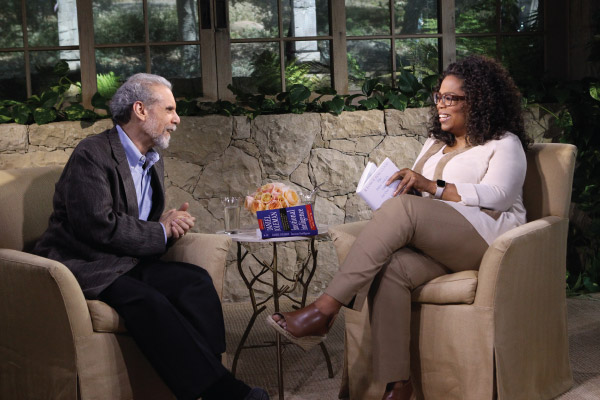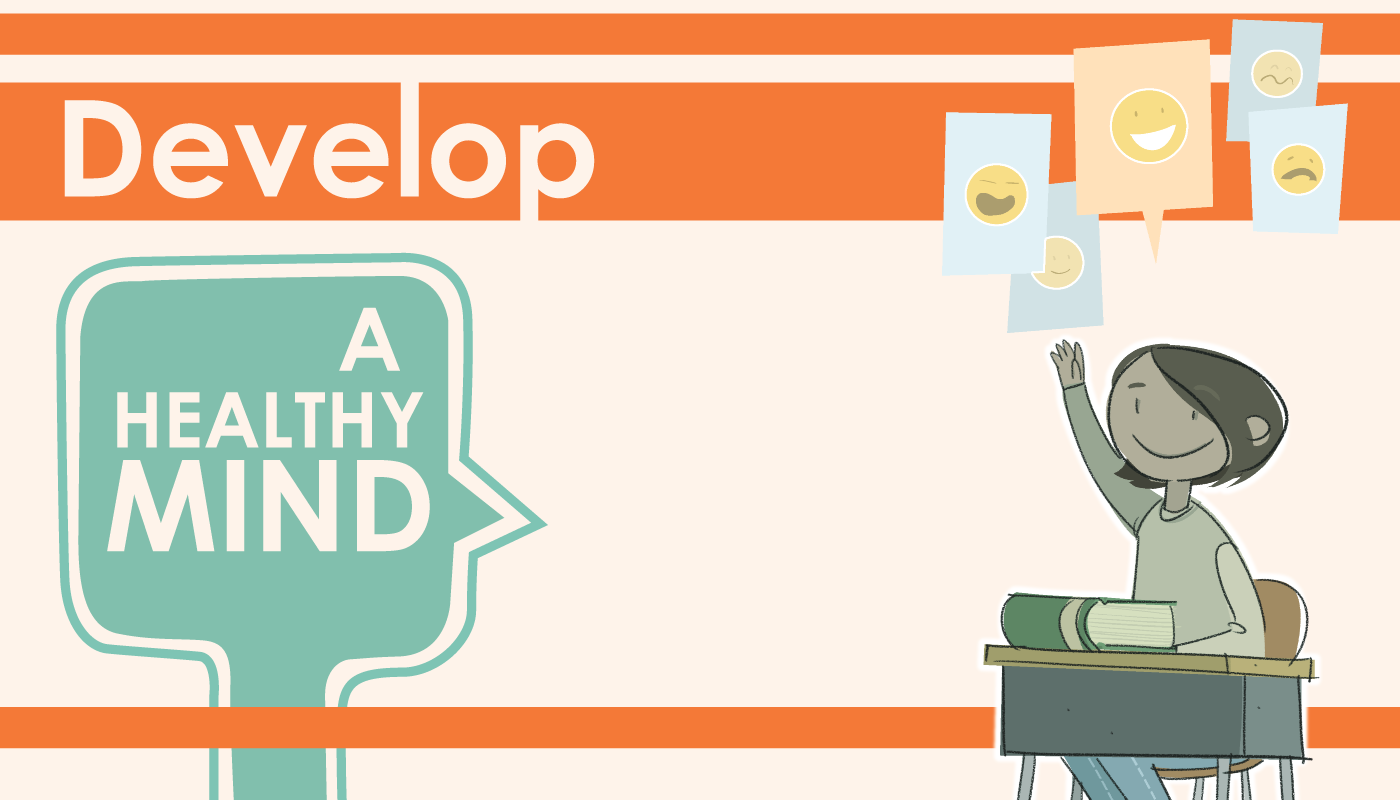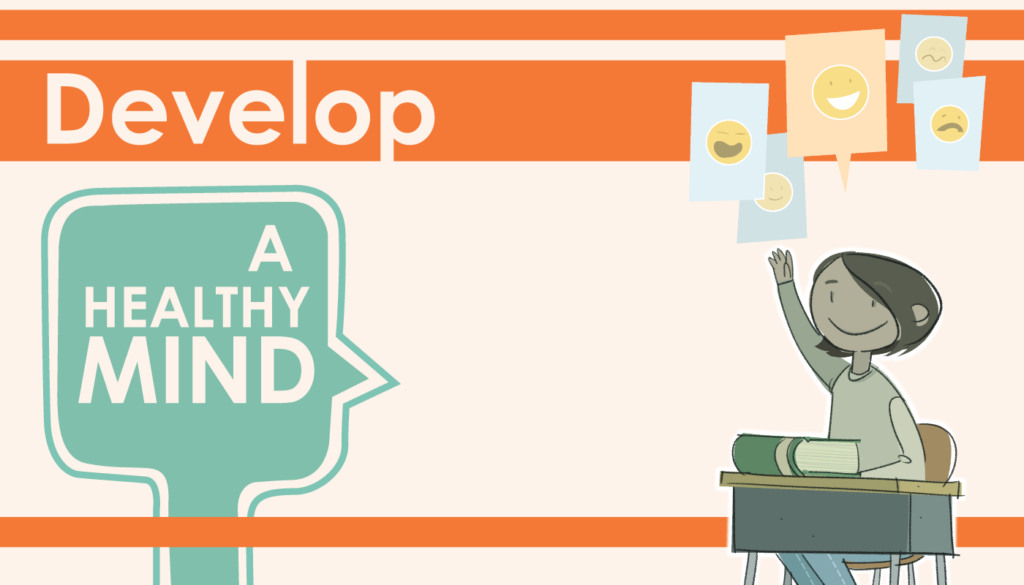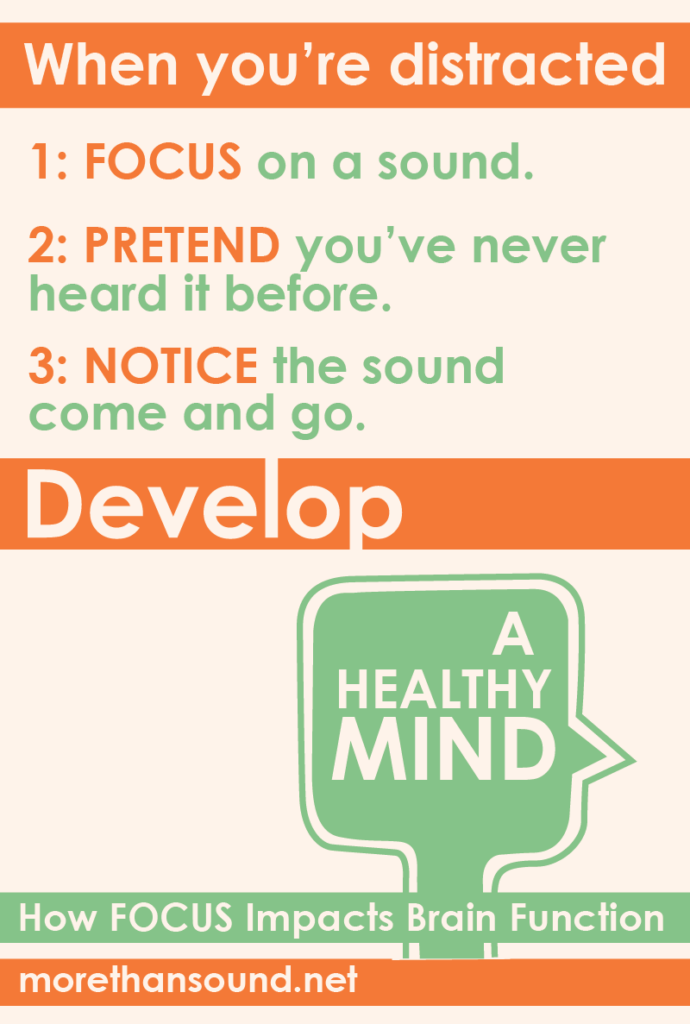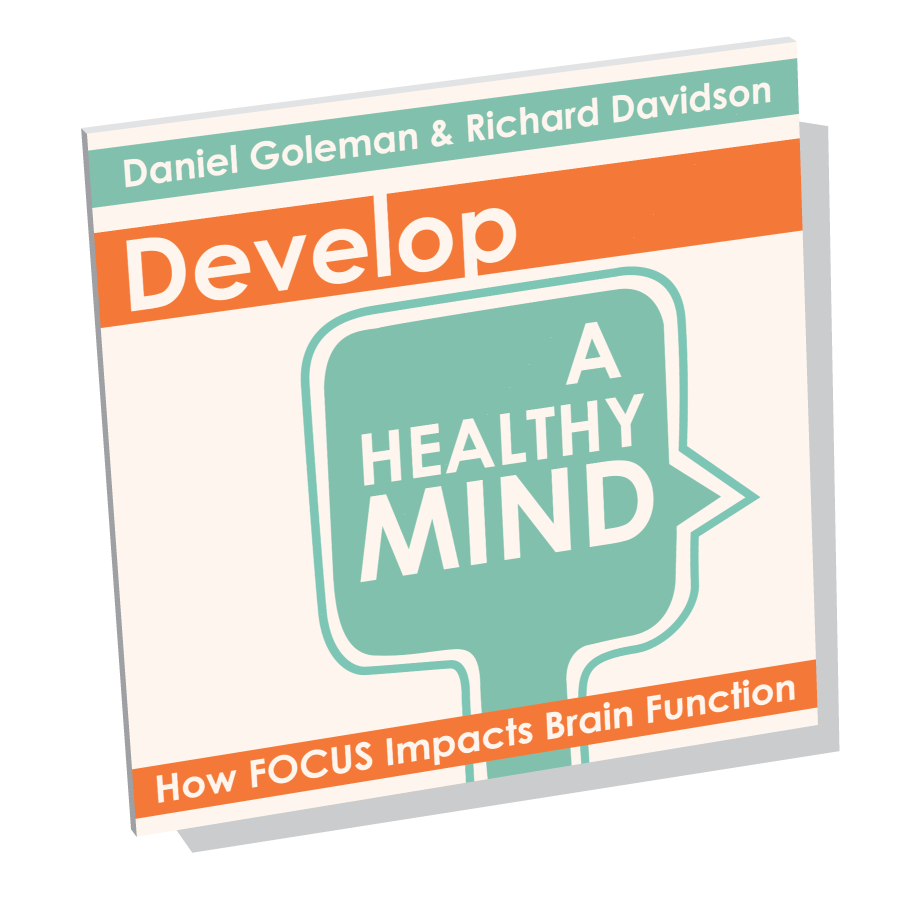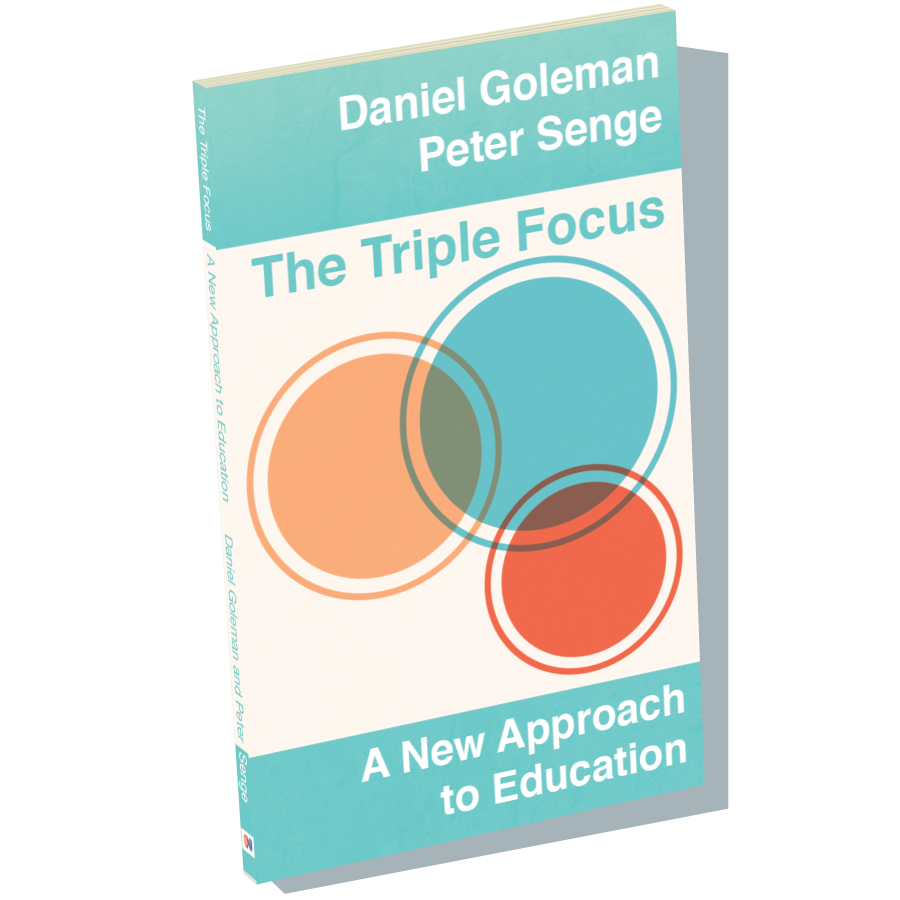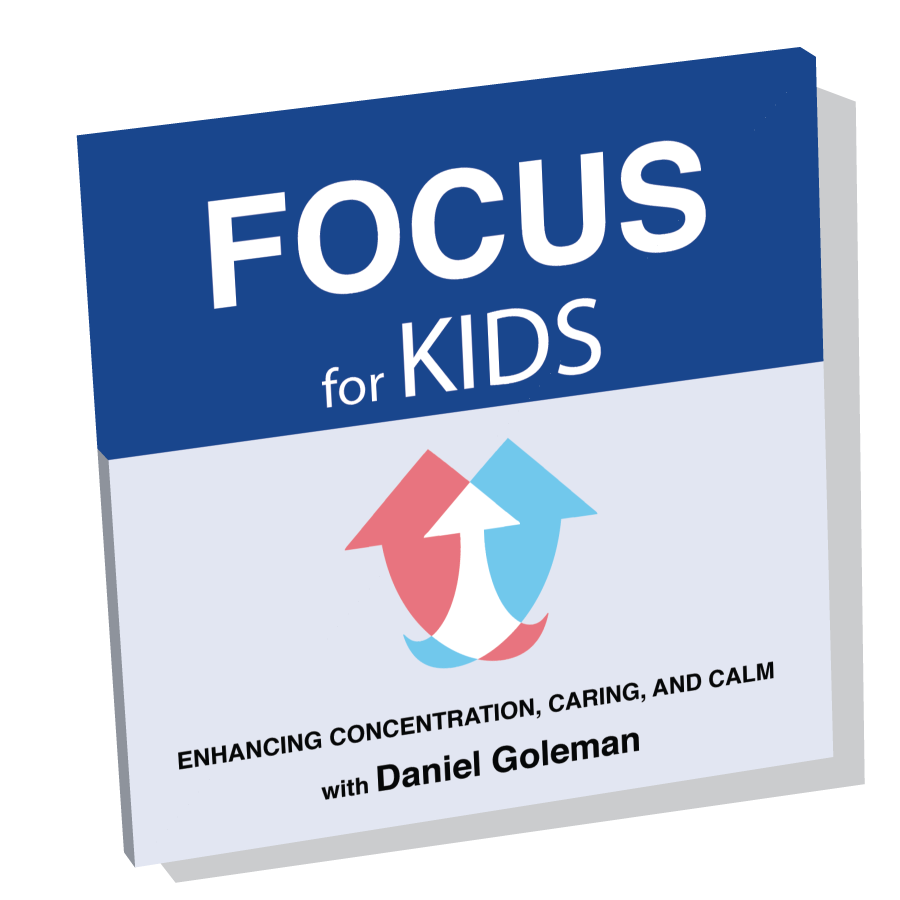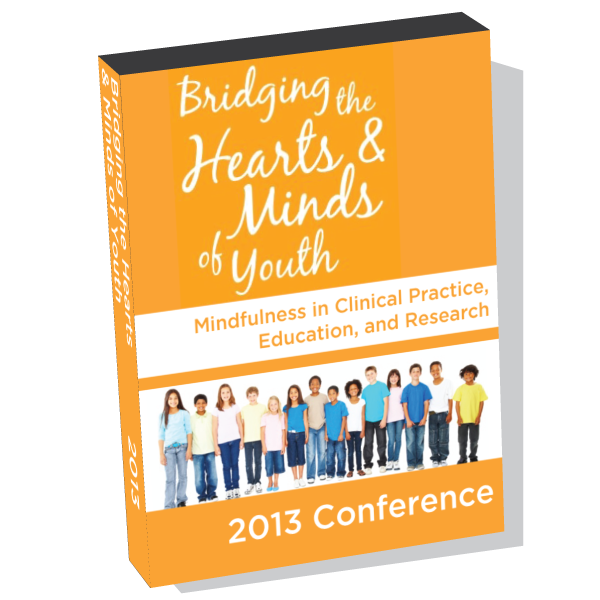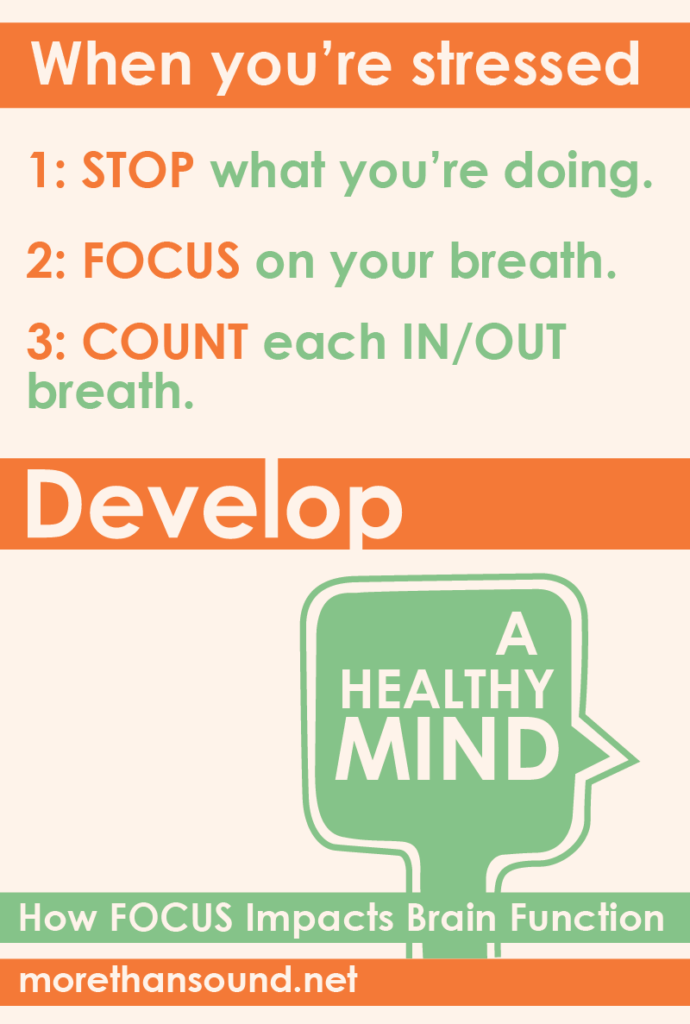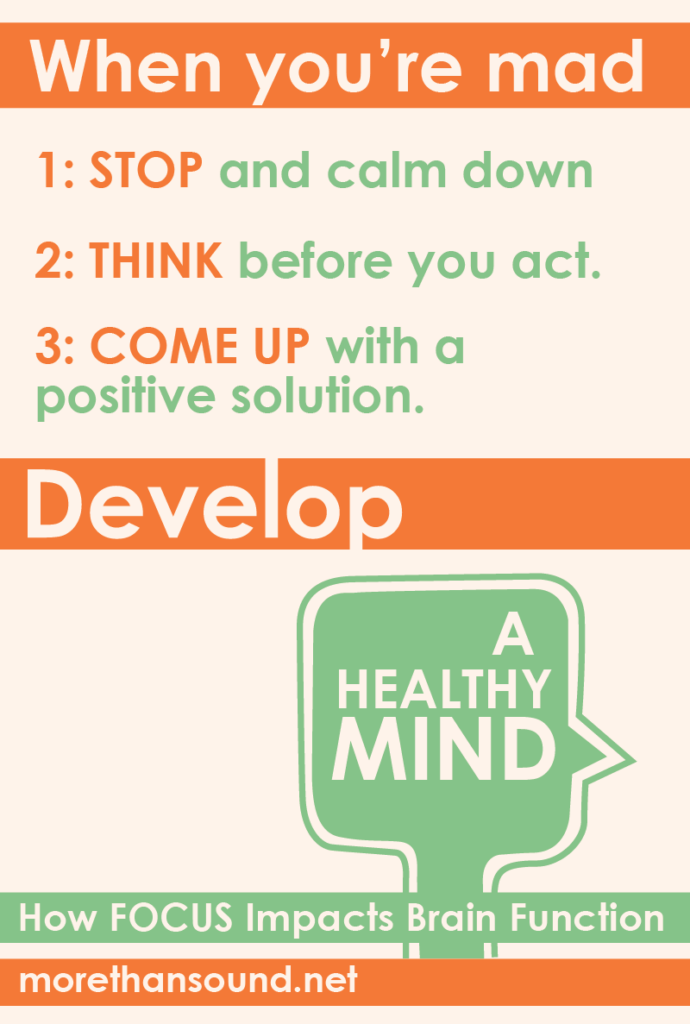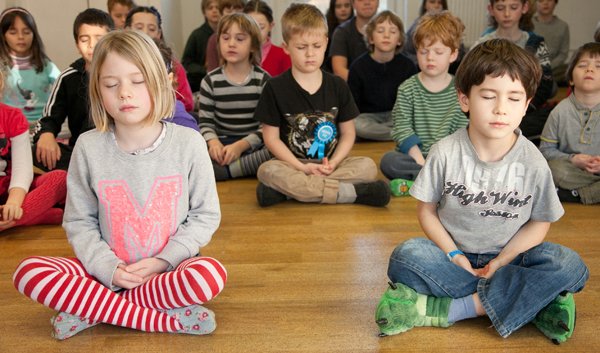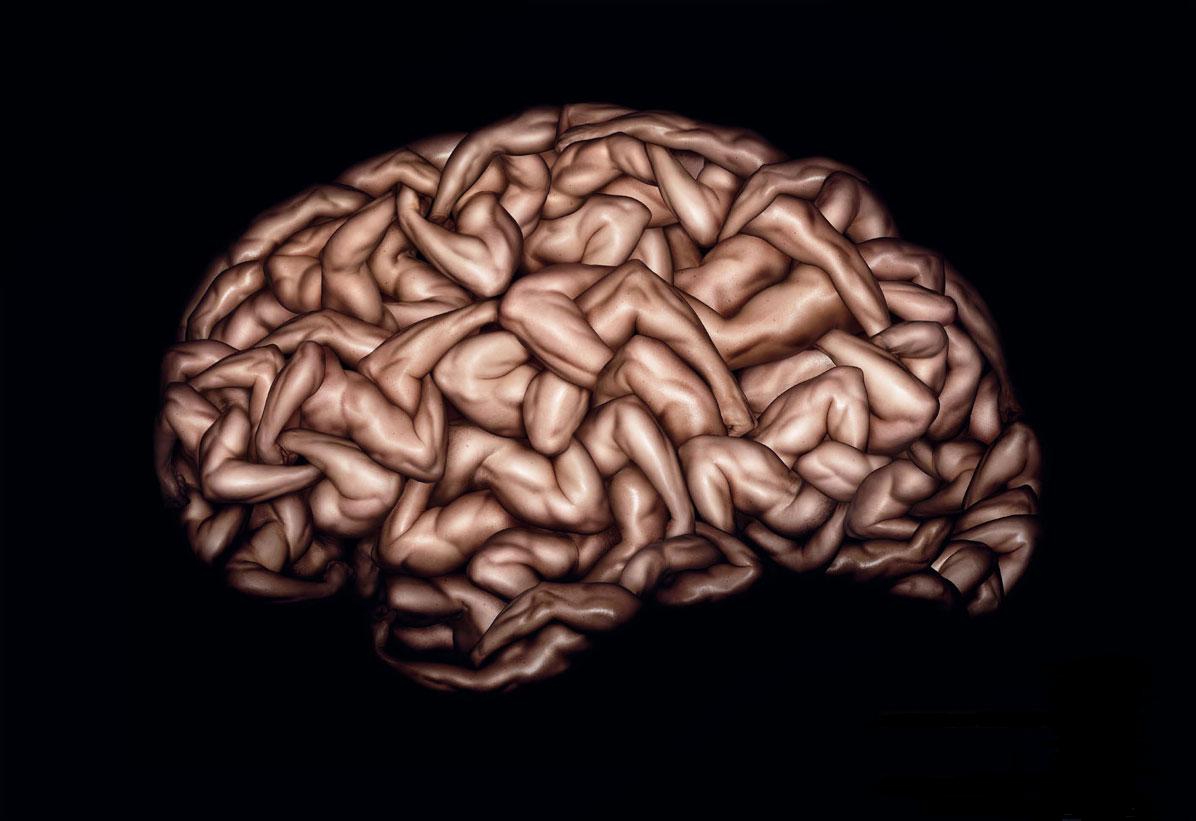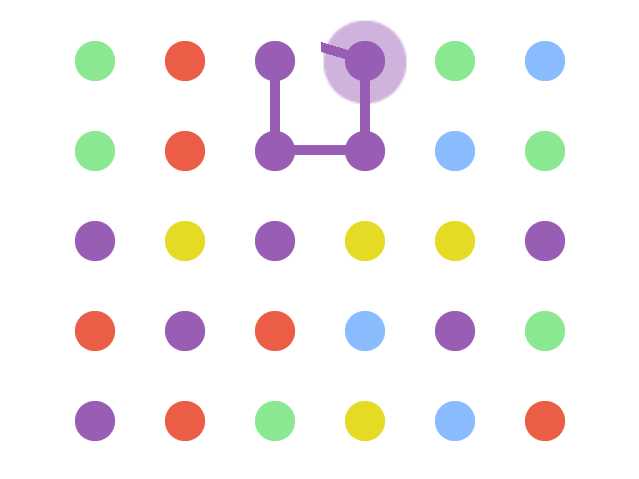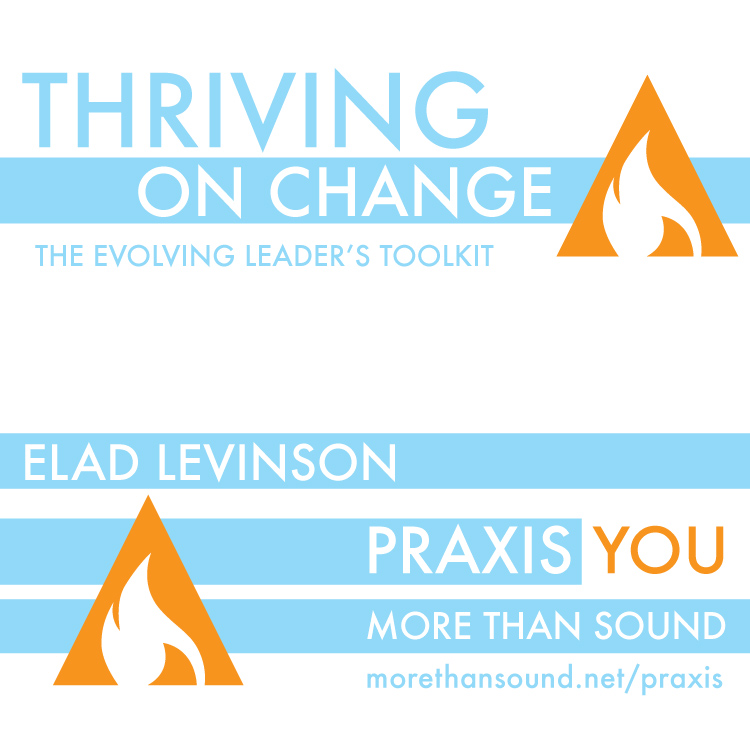

How Do You Explain Mindfulness to Someone Unfamiliar with It?
Many definitions of mindfulness only make sense to someone who already knows about mindfulness. That’s what Juliet Adams has seen in her work as an organizational consultant. Adams is the author of Mindfulness at Work for Dummies, the founder of Mindfulnet.org, and the director of A Head for Work, a leadership and workplace productivity firm. (Juliet is also a contributor to our Thriving on Change program.)
Adams joined More Than Sound founder Hanuman Goleman for a conversation as part of More Than Sound’s “What is Mindfulness?” podcast series. She said her favorite description of mindfulness is:
“the ability to focus attention and observe impartially the interplay between thoughts, emotions, and bodily responses. At any given moment, this allows you to choose a wise response to any given situation rather than a knee-jerk autopilot response that may or may not be appropriate.”
Adams said that a popular definition of mindfulness is one used by Jon Kabat-Zinn. The essence of Kabat-Zinn’s definition is: “paying attention on purpose in the present moment and without judgment.”
Adams has found that both her description and Kabat-Zinn’s definition often leave newcomers to mindfulness looking puzzled. In the first of four segments, Episode # 136: “What is Mindfulness? Your vs. Popular Definition of Mindfulness,” Adams shares an explanation of mindfulness that always gets people nodding in understanding.
After you listen, think about how you explain mindfulness? What definition resonates most with people?
Explain Mindfulness: Is it the Same as Meditation?
One point of confusion for many is the difference (and similarities) between mindfulness and meditation. Daniel Goleman clarified some definitions in his article What Mindfulness Is – and Isn’t. He says:
“Mindfulness” refers to that move where you notice your mind wandered. With mindfulness you monitor whatever goes on within the mind. “Meditation” means the whole class of ways to train attention, mindfulness among them.
He went on to point out that some meditation methods require you to be mindful of thoughts, feelings, or fantasies without judging or reacting. This self-awareness in itself tends to quiet the mind. However, many meditation methods are concentrative – you continually bring your mind back to a single point of focus such as your breath or counting. Concentrative methods use mindfulness to notice when your mind wanders so you can bring it back to that one focus.
Explain Mindfulness Through Practice
Regular practice can fine tune how you explain mindfulness. Use everyday opportunities to deepen your practice – at work, at home, or even during your commute. Below are some resources to help you get started – or take it to the next level.
Working with Mindfulness – Mirabai Bush developed mindfulness audio exercises for the workplace to help reduce stress, increase productivity, and encourage creative problem solving.
Cultivating Focus: Techniques for Excellence – Daniel Goleman created guided exercises to help people of all ages hone their concentration, stay calm and better manage emotions.
Relax: 6 Techniques to Lower Your Stress – Daniel Goleman developed a 45-minute audio program to help listeners effectively and naturally reduce stress.
Awake at the Wheel: Mindful Driving – Renowned Vipassana teacher Michele McDonald developed guided mindfulness exercises to practice during your commute.

